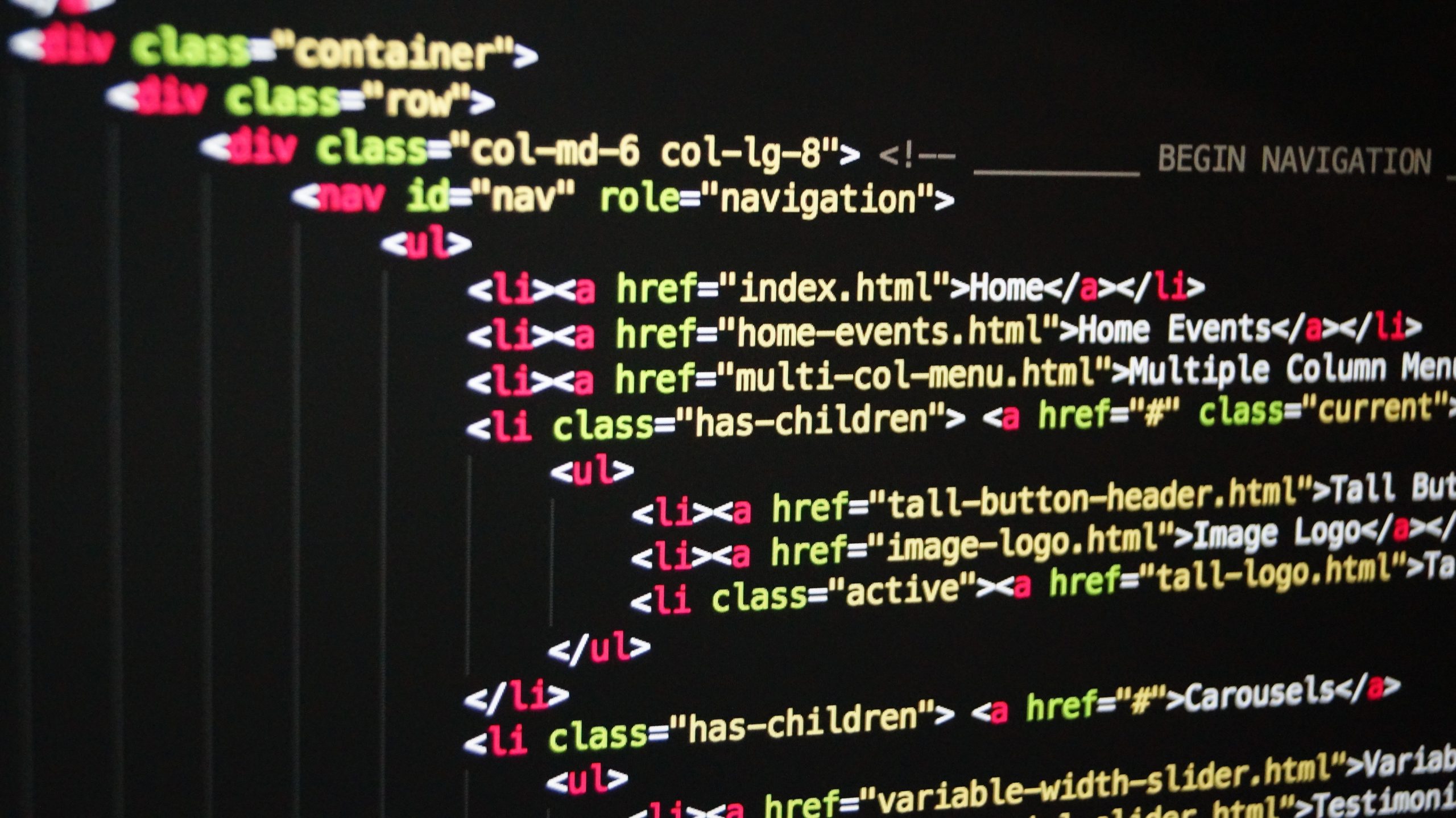Skillset
CSS
CSS, short for Cascading Style Sheets, is a style sheet language used to describe a document’s look and formatting in HTML or XML. CSS is one of the cornerstone technologies of the web, alongside HTML and JavaScript.
CSS is primarily used to lay out web pages and add stylistic choices such as fonts, colours, spacing, and transitions. It separates the content of a webpage (HTML) from its presentation (CSS), providing better content accessibility, greater flexibility and control in the specification of presentation characteristics, and reduced complexity and repetition in the structural content.
CSS allows you to apply styles to web pages selectively. More than just primary colours and fonts, CSS enables you to control the entire page’s layout or even modify the type of a site for different devices and screen sizes (responsive design).
Over the years, CSS has evolved into a powerful tool, introducing features such as animations, gradients, transitions, and more. As of my knowledge cutoff in September 2021, the latest version is CSS 3, split into separate modules, each adding new capabilities and features.

Goal
Styling HTML Content
CSS is used to style HTML elements. This includes setting colours, fonts, spacing, and decorative elements like borders and backgrounds. CSS can control the look of almost every aspect of an HTML document’s presentation.
Layout and Design
CSS is essential for controlling the layout of web pages. It’s used to define the size and position of elements, create multi-column layouts, align elements, and more.
Responsive Design
With CSS, developers can create responsive designs that adapt to different screen sizes and devices. CSS media queries allow for changes in styles based on specific conditions, such as the width of a viewport.
Animation
CSS can be used to create animations and transitions, adding dynamism and interactivity to web pages.

With advanced CSS techniques, you can add interactive features and effects such as hover states, image filters, shadows, and more, enhancing the user experience.

CSS plays a crucial role in making websites more accessible to people with disabilities. It provides developers with techniques to control how web content is presented to different assistive technologies.

Proper use of CSS can help with SEO by making your website’s content more readable for search engines. A well-structured, clean, and organized site using CSS is more likely indexed correctly by search engines, leading to better visibility in search results.
Thanks For Browsing!
Let’s Build Something
Get in touch to enquire about our services.
Homepage
Welcome to our web development hub. As seasoned experts, we’re ready to collaborate and create exceptional digital solutions to animate your brand online.
Phone
07772416251

